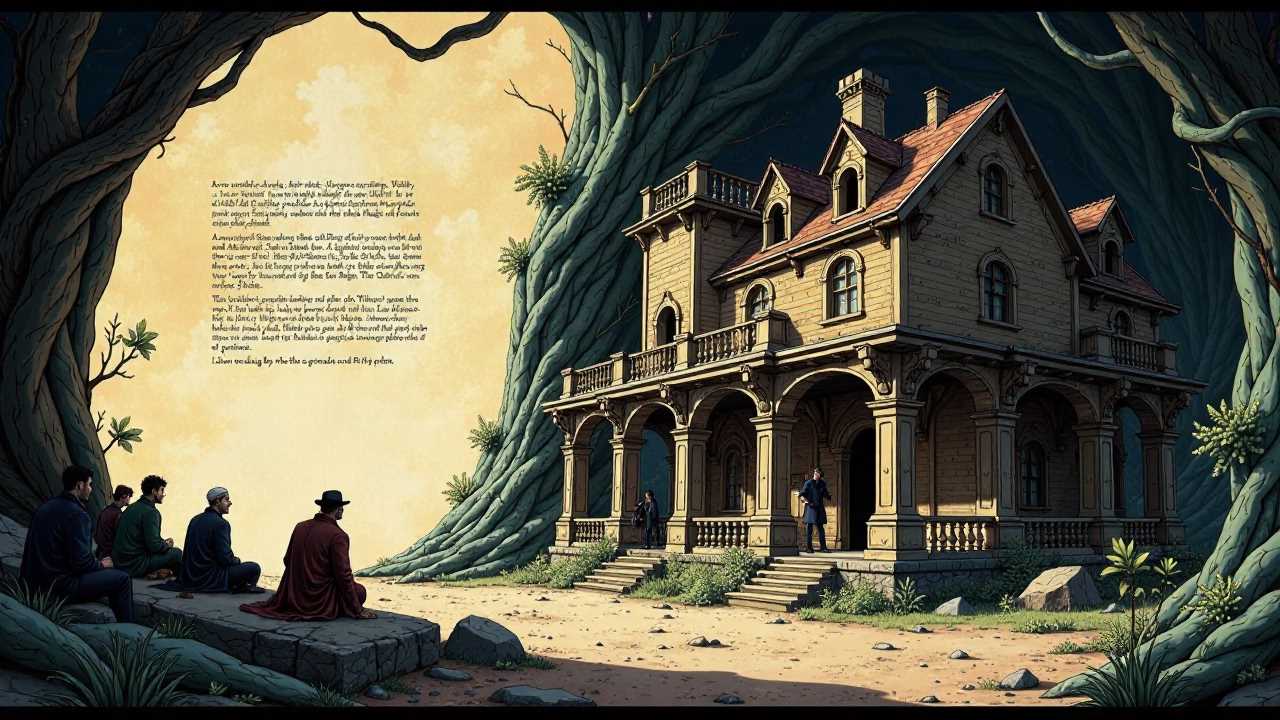
Understanding Climax Building in Creative Writing
Climax building is a fundamental aspect of storytelling that engages readers and keeps them invested in the narrative. It is the moment where all the tension culminates, leading to a resolution that feels both satisfying and earned. In this article, we will explore the intricate components of climax building, focusing on the elements of tension, conflict, pacing, character arcs, and foreshadowing. By mastering these elements, writers can create unforgettable resolutions that resonate with their audience.
The Role of Tension in Climax Building
Tension is the lifeblood of any compelling narrative. It is the emotional pull that keeps readers on the edge of their seats. To effectively build tension, we must introduce stakes that matter to our characters and, by extension, to our readers. This can be achieved through various methods, such as creating obstacles that challenge the protagonist or introducing time constraints that heighten urgency.
As we develop our story, we should continually escalate the tension. This can be done by layering conflicts that intertwine with the main plot. For instance, if a character is facing a personal crisis, introducing external conflicts—such as a looming threat or a ticking clock—can amplify the stakes. The key is to ensure that each increase in tension leads naturally to the climax, making the eventual resolution feel like a release.
Conflict: The Engine of Climax Building
Conflict drives the narrative forward and is essential for effective climax building. There are several types of conflict to consider: internal (within the character) and external (between characters or against outside forces). Each type of conflict serves to create a rich tapestry of challenges that the protagonist must navigate.
When crafting conflict, we should ensure that it is not only present but also meaningful. Characters should face dilemmas that force them to make difficult choices, revealing their true selves in the process. This is where character arcs come into play. As characters confront their conflicts, they should undergo significant growth or change, making their journey compelling.
For example, a character who starts as timid and indecisive may face a conflict that requires them to take a stand. As they confront their fears, the conflict intensifies, leading to a climax that showcases their transformation. This interplay between conflict and character development is crucial for creating a satisfying narrative arc.
Pacing: The Rhythm of Your Story
Pacing is another vital component of climax building. It refers to the speed at which the story unfolds and can greatly influence how tension is perceived. A well-paced story will alternate between moments of high tension and quieter, reflective scenes. This ebb and flow allows readers to absorb the stakes and anticipate the climax.
To achieve effective pacing, we can use various techniques, such as varying sentence length, employing cliffhangers, and strategically placing action scenes. Short, punchy sentences can create a sense of urgency, while longer, descriptive passages can slow the pace, allowing readers to savor the moment. By carefully controlling the rhythm of the narrative, we can lead readers toward the climax in a way that feels both natural and exhilarating.
Character Arcs: The Heart of the Story
Character arcs are integral to climax building, as they provide the emotional weight that makes the climax impactful. A well-developed character arc allows readers to invest in the protagonist's journey, making the climax more resonant. As characters evolve, their decisions during the climax should reflect their growth, providing a sense of closure.
When crafting character arcs, we should consider the protagonist's motivations, desires, and fears. These elements should be woven into the fabric of the story, influencing their choices and actions. As the climax approaches, the character's internal struggles should come to a head, forcing them to confront their deepest fears or desires.
For instance, a character who has been running from their past may find themselves at a crossroads during the climax. Their decision to confront their history can serve as a powerful moment of resolution, tying together their character arc and the overarching narrative.
Foreshadowing: Planting Seeds for a Rewarding Climax
Foreshadowing is a literary device that hints at events to come, creating anticipation and intrigue. By planting subtle clues throughout the narrative, we can prepare readers for the climax, making it feel inevitable yet surprising. Effective foreshadowing enhances the overall reading experience, as readers will appreciate the connections between earlier events and the climax.
To utilize foreshadowing effectively, we should weave hints into dialogue, descriptions, and character actions. These clues should be subtle enough not to give away the climax but clear enough for attentive readers to recognize. When the climax finally arrives, the payoff should feel rewarding, as readers connect the dots and see how the pieces of the story fit together.
Crafting Unforgettable Resolutions
The resolution is the culmination of the climax and serves to tie up loose ends while providing closure for the characters and readers alike. A well-crafted resolution will reflect the journey the characters have undergone and the conflicts they have faced. It should feel earned, allowing readers to breathe a sigh of relief after the tension of the climax.
In crafting resolutions, we should consider the emotional impact on the characters. How have they changed? What lessons have they learned? The resolution should address these questions, providing a satisfying conclusion to their arcs. Additionally, we can leave room for ambiguity or open-endedness, allowing readers to ponder the implications of the story long after they have finished reading.
The Art of Climax Building
Mastering climax building is an essential skill for any writer. By focusing on the interplay between tension, conflict, pacing, character arcs, and foreshadowing, we can create narratives that captivate and resonate with readers. As we hone our craft, let us remember that the climax is not just a moment of action; it is the emotional heart of the story, where all threads come together for a powerful and unforgettable resolution.
 Writing TipsCreative WritingJournalingSketching TechniquesBuying GuidesPrivacy PolicyTerms And Conditions
Writing TipsCreative WritingJournalingSketching TechniquesBuying GuidesPrivacy PolicyTerms And Conditions
